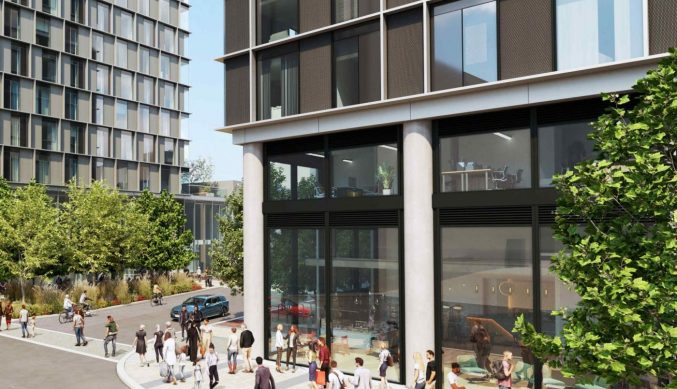Are stamp duty changes needed to revitalise the housing market?
By Richard Payne
Richard Payne, Director of Development at specialist property lender Oblix Capital, considers whether changes to Stamp Duty would help stimulate the housing market if help is needed after the crisis abates.
The 2008 financial crisis had a significant and long-lasting impact on the housing market, but the cause was financial. This time, the cause is health.
Whilst the lending industry’s underlying financial position was much stronger going into Covid-19 crisis, it’s still too early to know how hard the housing market will be hit, and how quickly and easily it might recover – if any material impact is felt at all.
The longer the lock-down goes on, the more likely it is that some stimulus will be required to get the market and the construction industry moving again.
Recent research published by Knight Frank has predicted that if the Government doesn’t intervene to prevent it, sales of more than 520,000 homes will be lost this year due to market conditions brought about by the Covid-19 crisis.
Such a fall in demand for new homes would have widespread negative impacts on the construction industry, as well as on the Government’s own target of building a million new homes during the current parliamentary session.
Stamp Duty
So, on the assumption that the Government would want to help stimulate the housing market when some degree of normality starts to return, what steps could they take?
When similar questions have been asked in the past, Stamp Duty reform is often the first suggestion – I’ll share my thoughts on other options over the next few weeks, but for now I’d like to concentrate on Stamp Duty.
The latest figures published by HMRC show that Stamp Duty transactions and receipts during Q1 2020 were lower than Q1 2019 – indicating that whilst the Covid-19 crisis was in its early stages, it was already having an impact on confidence in the property market.
Transactions were 4% down from a year earlier (243,500 vs 253,300), whilst receipts were 5% down (£2,529 million vs £2,660 million).
Nevertheless, the value of the receipts demonstrates the importance of Stamp Duty to the Treasury.
At some point, the liquidity currently being pumped into the market will need to be recouped; when the Government starts to consider ways to re-balance the books, any reduction in Stamp Duty receipts will need to be covered by corresponding tax increases elsewhere.
We therefore have to consider whether Stamp Duty reform is a realistic option.
Options for change
Currently, if a first-time buyer purchases a property, the first £300,000 of the purchase price is exempt from Stamp Duty, with 5% paid on the next £200,000.
Full stamp duty is payable if the purchase price exceeds £500,000. In addition, the Help to Buy scheme (already extended to 2023) helps first-time buyers get on the property ladder by offering an interest-free loan for 5 years for up to 20% of the purchase price (40% in London), if the buyer has a 5% deposit and the property being purchased is a new-build.
One option to invigorate the bottom of the market would be to increase the nil-rate Stamp Duty band for first-time buyers.
This might, however, have a limited effect if potential buyers have suffered financially during the Covid crisis, and are in a weakened position pay the deposit or secure a mortgage anyway.
Further improvements to the Help to Buy scheme may be a better way to invigorate this target market.
Another option is for a temporary Stamp Duty holiday to be introduced, as it was after the 2008 financial crisis.
Whilst the 2008 holiday was applied across the board, additional fees and restrictions have been added since to cool down the buy-to-let, second home and overseas buyer markets.
A targeted Stamp Duty holiday could exclude transactions covered by the additional buy-to-let, second home and overseas buyer fees, and/or properties above the £925,000 or £1,500,000 thresholds – allowing the incentive to be targeted where it is most needed, whilst still generating some Stamp Duty receipts for the Treasury.
An alternative way of continuing to bring in receipts, albeit at a lower level, would be to temporarily reduce all rates across the board, or to push the tier thresholds upwards.
This option could be modified to include or exclude the additional rate properties, as Government feels appropriate.
We will wait to see what package of measures the Government puts together – but, for the sake of the industry, I hope to see those measures sooner rather than later.
Stamp duty reform may not be palatable, or may just not be enough – I’ll be sharing my thoughts on what other stimulus could be considered over the next few weeks.











You must be logged in to post a comment.